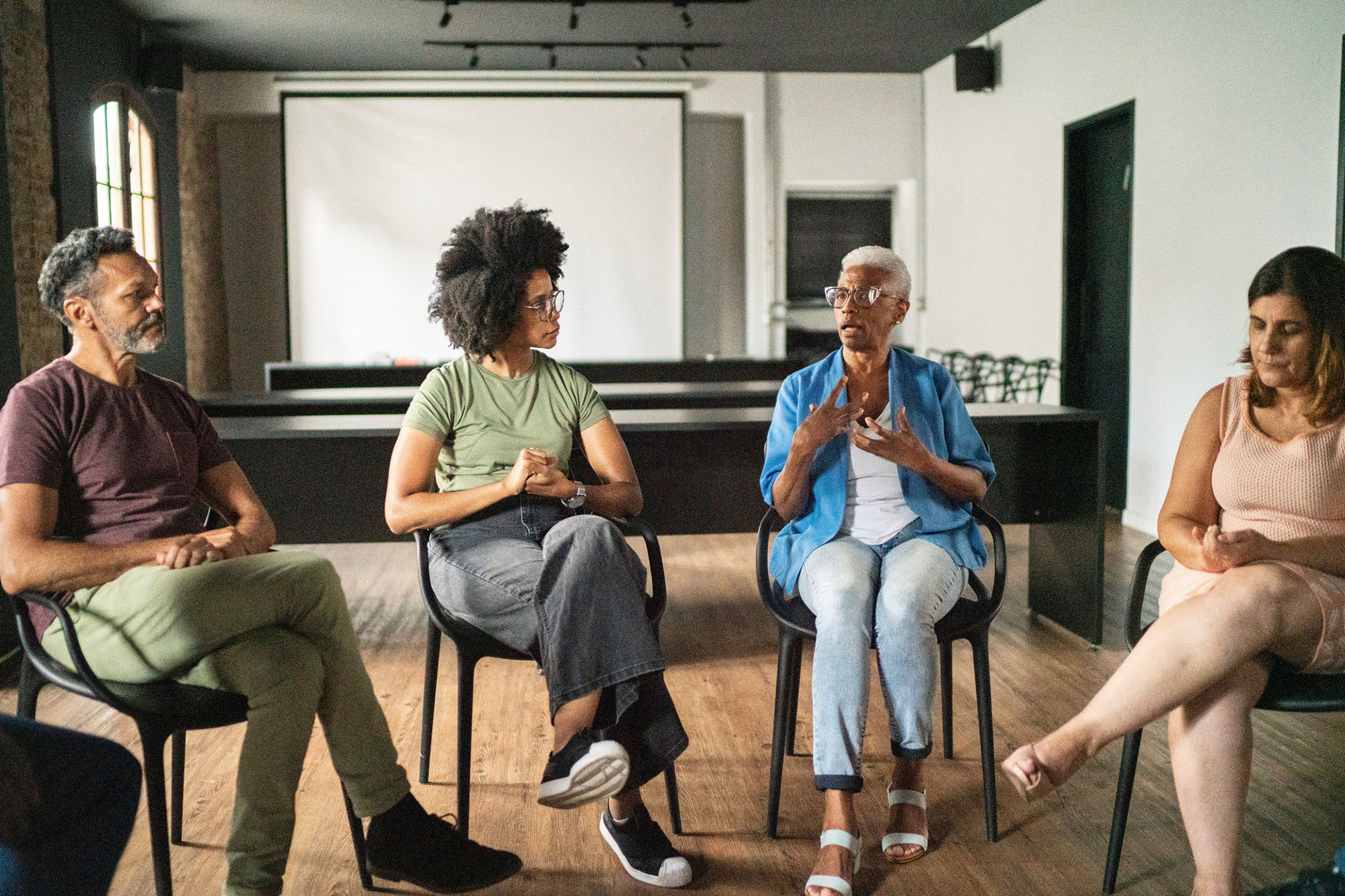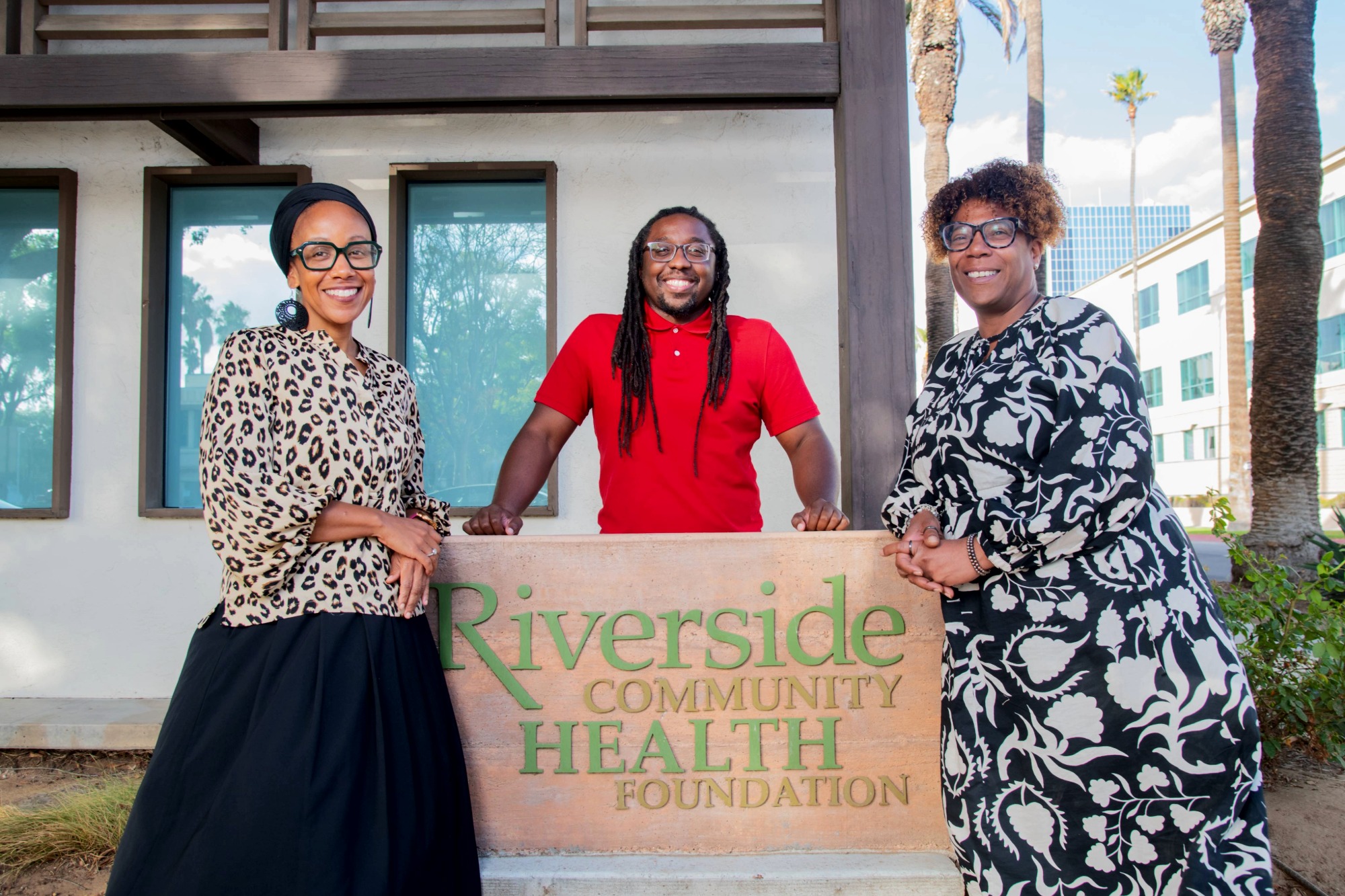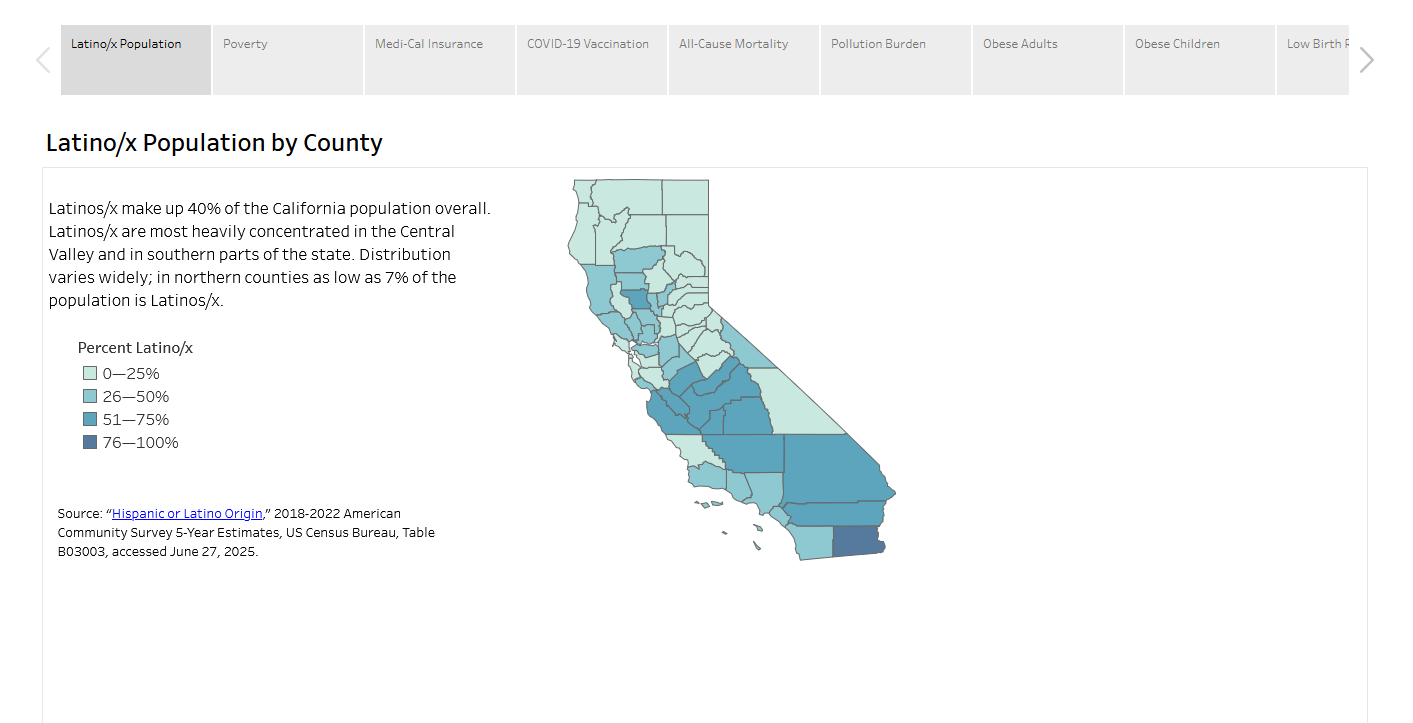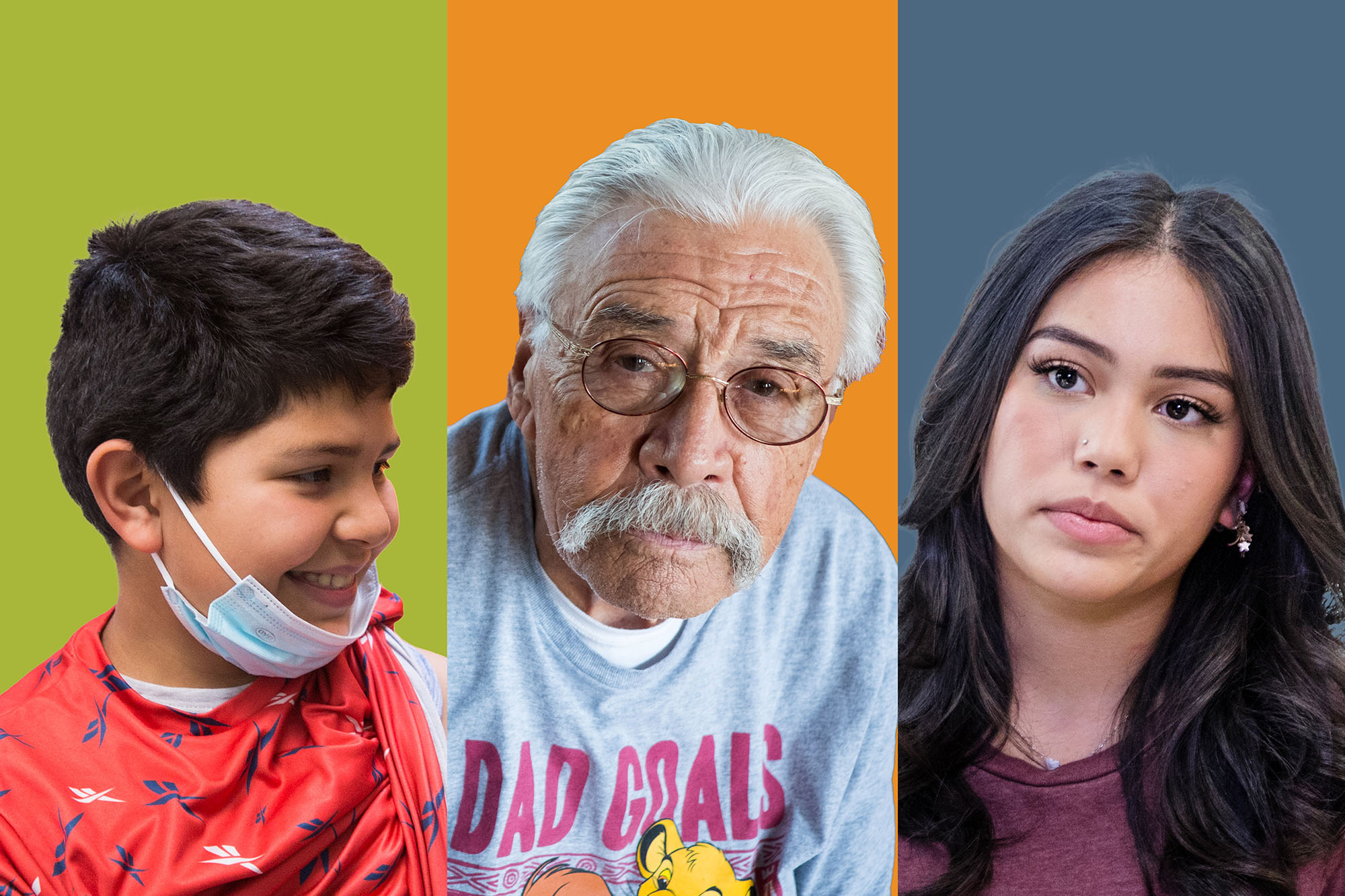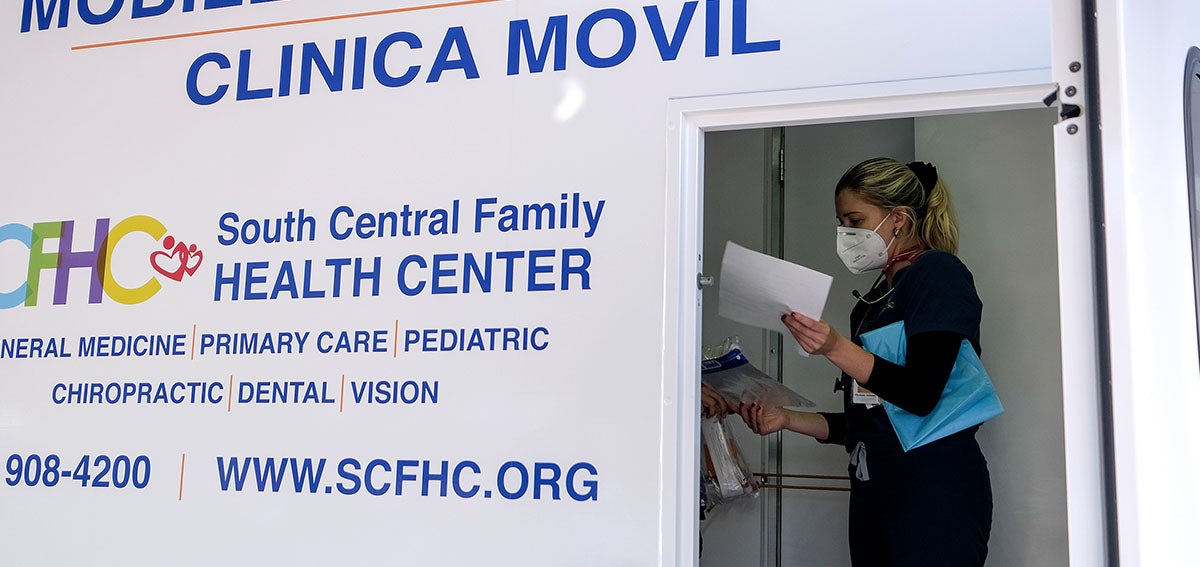
As the surge in COVID-19 cases fueled by the Delta variant begins to subside, public health leaders have been encouraged by threads of good news that have surfaced.

As of last week, 77% of eligible Americans had received at least one shot of a vaccine against COVID-19, up substantially from earlier this year. Vaccinations likely prevented 140,000 deaths and three million infections in the US in the first few months that the shots were available, according to a study published in August in the journal Health Affairs.
More good news followed this month when the US Department of Health and Human Services reported that the vaccine prevented 22,000 cases of COVID-19 among senior citizens in California alone.
Seniors have the highest risk of becoming very sick. They are the most vaccinated group of Americans, and gains are being reported among groups that have been vaccine-hesitant. These successes could provide models for how to get more shots into the arms of the unvaccinated, saving even more lives.
Latino/x People Responding to Vaccination Push
For Latino/x people nationally, “on-the-ground vaccination efforts focused on the group were paying off,” Eduardo Medina reported in the New York Times. “The increase was the fastest of any demographic group in the survey, and it put the reported vaccination rate for Hispanic adults slightly ahead of that of white adults.”
A survey by KFF showed that by September, 73% of Latino/x adults had received at least one dose of coronavirus vaccine. That was a 12% jump from the previous KFF survey in July.
Some California counties also have “made dramatic strides” among Latino/x people, reducing racial and ethnic disparities in vaccination rates, Rong-Gong Lin II and Luke Money reported in the Los Angeles Times.
Santa Clara County, for instance, has nearly eliminated the disparity between Latino/x and White people, with about 72% of each group having had at least one dose of the vaccine.
More Latino/x people are vaccinated than White people in San Diego County. Seventy-six percent of Latino/x people have had at least one shot, compared to 65% of White residents. Similarly, in San Francisco, 82% of Latino/x residents have received at least one dose, compared to 68% of White residents.
And in Imperial County, 83% of residents are vaccinated. “That’s one of the best rates in the entire state, and the feat occurred in a county where 85% of residents are Latino,” Lin and Money wrote.
“An All-of-Society Effort”
These improved numbers “represent much more than simply time passing — they tell the story of an all-of-society effort to get us to where we are today,” Marcella Nunez-Smith, MD, chair of President Biden’s Covid-19 Health Equity Task Force, said of the national vaccination rate among Latino/x people at a September news conference.
Tactics such as “walk-up vaccine clinics in church parking lots, making information available in Spanish and promoting vaccination on the widely watched Univision and Telemundo television networks had helped to persuade many initially hesitant Latinos to get shots,” Medina reported.
In Marin County, which boasts that 93% of eligible residents are fully vaccinated (the highest rate in California), the public health department partnered with the community organization Canal Alliance for COVID to vaccinate people in a low-income area of San Rafael.
“We block a street here next to the Canal Alliance, and the mobile unit comes. We have community leaders and Canal Alliance staff registering people for the vaccine and helping them go through that process,” Matt Willis, MD, PhD, the public health officer for Marin County, told ABC7 News reporter Luz Peña. “Some of our highest vaccination rates are actually in our historically marginalized communities. Our highest rates are among our Latinx residents. Ninety-eight percent of our Latinx residents are vaccinated in Marin.”
In California and nationally, the death toll of the virus among Latino/x people has prompted many to get the vaccine. “Imperial County has a real palpable sense of urgency because there’s so many people who were infected there,” UC San Francisco epidemiologist George Rutherford, MD, told Lin and Money. “I think they’ve severely gotten the message and are being really careful about maintaining their advantage against the disease.”
Health Care Worker Mandates Largely Successful
When California became the first state to mandate vaccines for health care workers, some observers were concerned that these essential workers would rather quit than get their shots. Instead, the mandate prompted reluctant workers to join most of their colleagues and get their vaccinations.
“About 97% of Kaiser Permanente’s 216,000 employees have complied. Among the 7,500-person staff of USC’s health system, just two workers may lose their jobs,” Laura Nelson and Connor Sheets reported for the Los Angeles Times.
“If this were an election, it would be a landslide victory in favor of getting vaccinated,” Chris Van Gorder, chief executive of Scripps Health, told Nelson and Connor. Scripps has nearly 17,000 employees and five hospitals in San Diego. Van Gorder said about 140 employees, or 0.85% of the workforce, have not received an exemption or a vaccine and were on track to be fired.
Plenty of Challenges Remain
These success stories could be instructive as California considers how to reach the segments of the population that remain unvaccinated. Significant disparities persist in California, where 40.2% of Latino/x people statewide are unvaccinated, a greater share than among Asian (4.9%) and White (29.6%) Californians. Forty-eight percent of Black Californians remain unvaccinated.
Younger Black and Latino/x people continue to lag the rest of the state in vaccination rates. “Vaccination rates among LA County’s Black residents up to age 49 remain below 50%, and rates among Latino residents in the same age group remain below 60%,” Lin and Money reported.
Vaccination rates vary widely by county. In Fresno County, with a majority Latino/x population, 54% of eligible Latino/x residents have had at least one dose of the vaccine, compared to 67% of White residents, Lin and Money report. In Orange County, only 47% of eligible Latino/x have had at least one dose, compared to 73% of White residents.
Misinformation prevents some from getting their vaccinations, as does a lack of basic public health messaging about how to go about getting them.
“There’s tons of people out there that just have not yet gotten this very basic message about how easy it is to get the COVID vaccine now,” Rais Vohra, MD, an emergency physician and the interim Fresno County health officer, told Lin and Money.
Authors & Contributors

Heather Tirado Gilligan
Heather Tirado Gilligan is a journalist who has written for publications including Slate, The Nation, CNN, and the Washington Post. Previously, she was executive editor of the California Health Report, a news nonprofit covering disparities in health and access to health care. Heather received a master’s degree in journalism from UC Berkeley and a PhD in English from Rutgers University, where she studied race in American culture.


